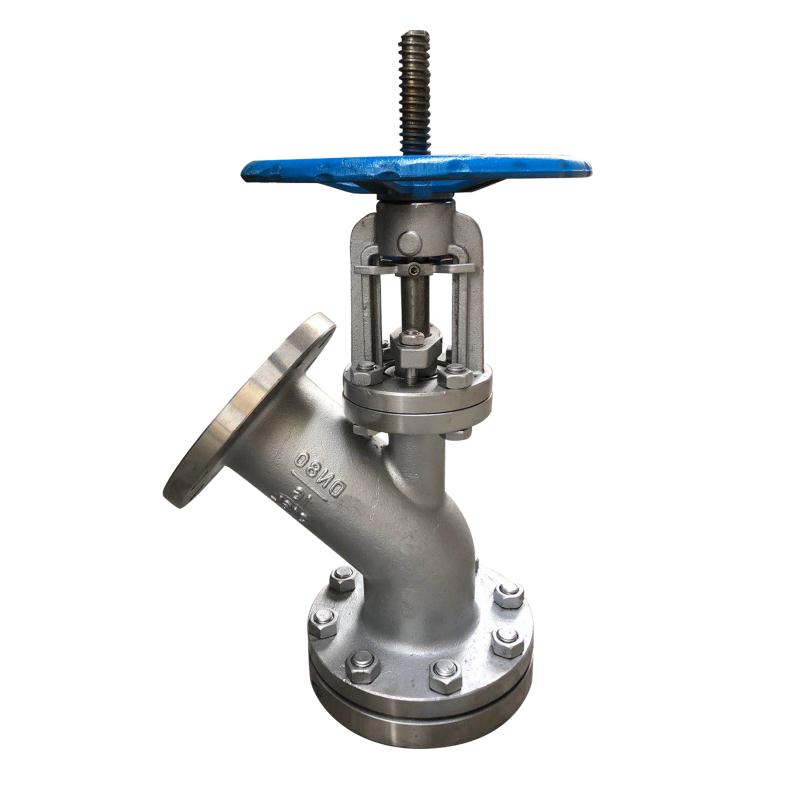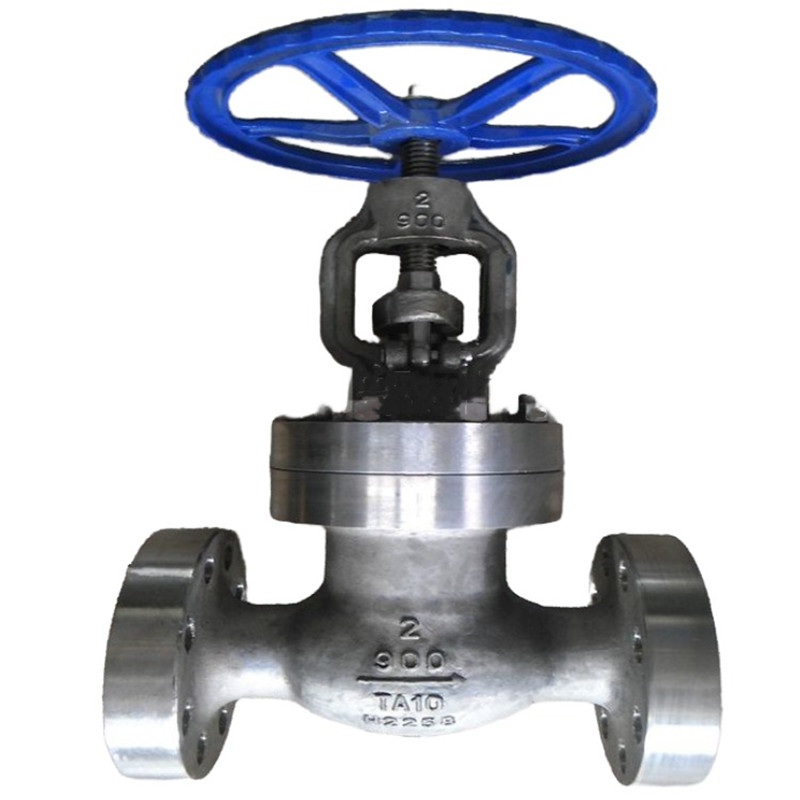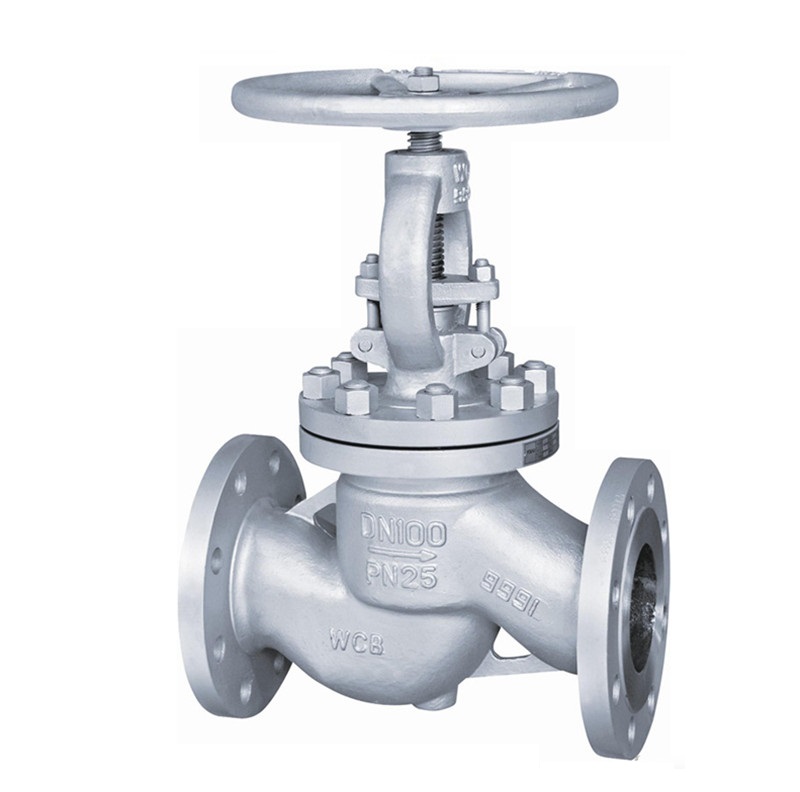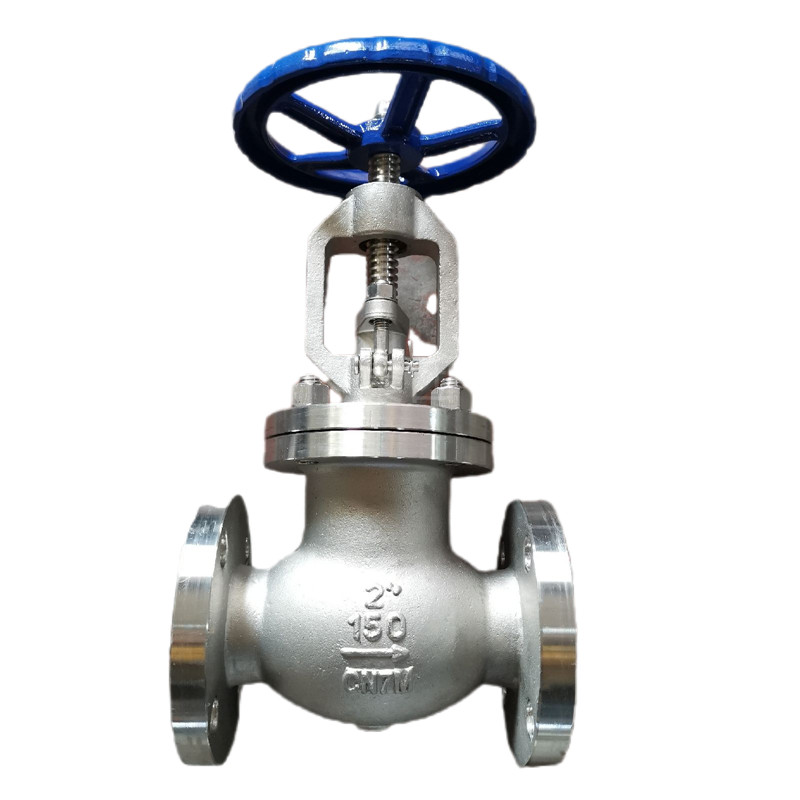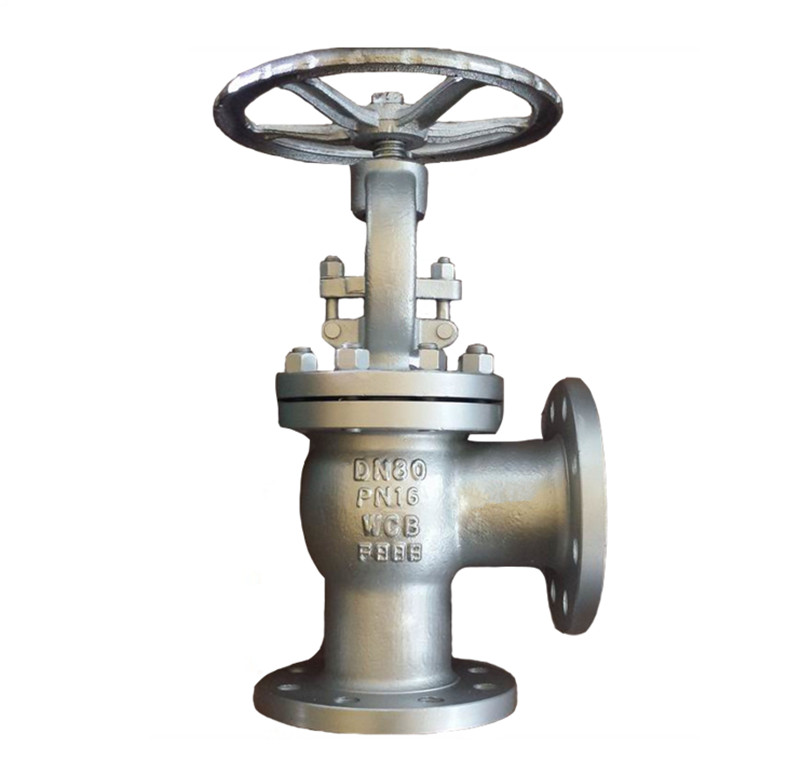Products
Upward Discharge Valve,CF8,PN16,DN80,Flange End
China Upward Discharge Valve Factory Oudian Offers Upward Discharge Valve,CF8,PN16,DN80,Flange End: ASTM 351 CF8, 3 Inch,ASME B16.5 RF,EN1092-1
Overview of upward discharge valve:
The upward discharge valve is mainly used for bottom discharge, discharge, sampling, and dead zone free shutdown operations of reactors, storage tanks, and other containers. The handwheel of the upward discharge valve turns to the right to close and to the left to open. It is mainly used for bottom discharge of reactors, storage tanks, and other containers. With the help of the valve bottom flange, it is welded to the bottom of the storage tank and other containers, thus eliminating the phenomenon of residual media at the bottom of the container. The discharge valve is designed as a flat bottom according to the actual situation, with a Y-shaped valve body and a valve disc for lifting operation. The inner cavity of the valve body is equipped with a erosion and corrosion resistant sealing ring, which can protect the valve body from medium erosion and corrosion at the moment of opening the valve. The sealing ring is specially treated to achieve a surface hardness of HRC56~62, with high wear resistance and corrosion resistance functions. The valve disc seal is welded with hard alloy on the cover as needed, and the sealing surface is sealed with wire to ensure the reliability of the seal and prevent scarring. At the same time, a short stroke valve disc design is adopted. Widely used in industries such as chemical, petroleum, metallurgy, pharmaceuticals, pesticides, dyes, and food processing. Various operating methods, such as manual, pneumatic (spring return type, double acting type, with and without handwheel), electric, hydraulic, gear, etc.
Design Feature Of Discharge Valve
| Design | HG5-89-1 & HG-16-79 |
| Testing | API 598 |
| Face to face dimension | AS PER MFR |
| Ends connection | ASME B16.5 RF |
| Pressure temperature rating | ASME B16.34 |
| Marking | MSS SP-25 |
| Non destructive Examination | VT, PT, RT, UT, MT |
Performance and advantages of the upward discharge valve:
1. The inner chamber of the valve body is equipped with a sealing ring that is resistant to erosion and corrosion.
2. The valve disc seal is welded with hard alloy on the cover as needed, which has high wear resistance and corrosion resistance.
3. Various operating methods, such as manual, pneumatic (spring return type, double acting type, with and without handwheel), electric, hydraulic, gear, etc.
Main equipment performance of the upward discharge valve:
(1) Corrosion resistance
★ ☆ Use media such as water, acetone, alcohol, ammonia, Barium carbonate, benzene (the final low use temperature of WCB material is -29 ℃, and the maximum temperature is 425 ℃.)
★ ☆ Use media such as particles, oil, pulp, and carbon dioxide (the minimum usage temperature for stainless steel materials is -100 ℃, and the maximum usage temperature is 232 ℃)
★ ☆ It is strictly prohibited to use fluorinated ionic liquids (such as HF), as well as strong bases and phosphoric acid (temperature>150 ℃, concentration>30%)
(2) General working temperature of stainless steel for HG5-89-1 upward discharge valve: ≤ 150 ℃
(3) Pressure range: 0.6~2.5Mpa (IV), diameter range: 25~250mm
Precautions for maintenance, installation, and use of the upward discharge valve
1. The valve should be stored as a whole in a ventilated and dry warehouse, and stacking or outdoor storage is strictly prohibited. Both ends of the valve diameter should be blocked with plates.
2. Before installation, it is necessary to carefully inspect the valve and remove any damage caused during transportation and storage.
3. Before installation, attention should be paid to whether the screws in each part are balanced and whether the lifting (movement) is flexible.
4. The valve should be installed in a place without severe vibration and impact, as well as in a place where the valve is used without damage.
5. When the discharge is blocked, metal rods or hard tools can be used to clear it. It is important to use metal rods or hard tools to avoid damaging the contact surface between the valve disc and sealing ring.
6. Try to avoid alternating use of acid and alkali media (except for neutralization reaction media) to avoid shortening the service life.
7. According to the performance and service life of the medium, the PTFE sealing ring at the top of the valve body and the PTFE thin plate at the orifice should be regularly inspected. If any damage is found, it should be replaced promptly before use.
8. If damage is found to the valve face, it should be immediately stopped, and specialized materials can be used to repair the affected area, or relevant production units can be entrusted for production.
The discharge valve is mainly used for discharging materials at the bottom of the storage tank, reaction kettle, and other vessels. The valve is connected with the equipment and located at the bottom by flange or butt welding, so as to eliminate the residual phenomenon of the process medium usually at the outlet of the vessel. According to the needs of the actual situation, it is divided into upward and downward exhibition types. The Upward type is used for discharging the reactor with the agitator discharging valve; the downward type is used for the reaction kettle discharging of the frame-type anchor agitator.

